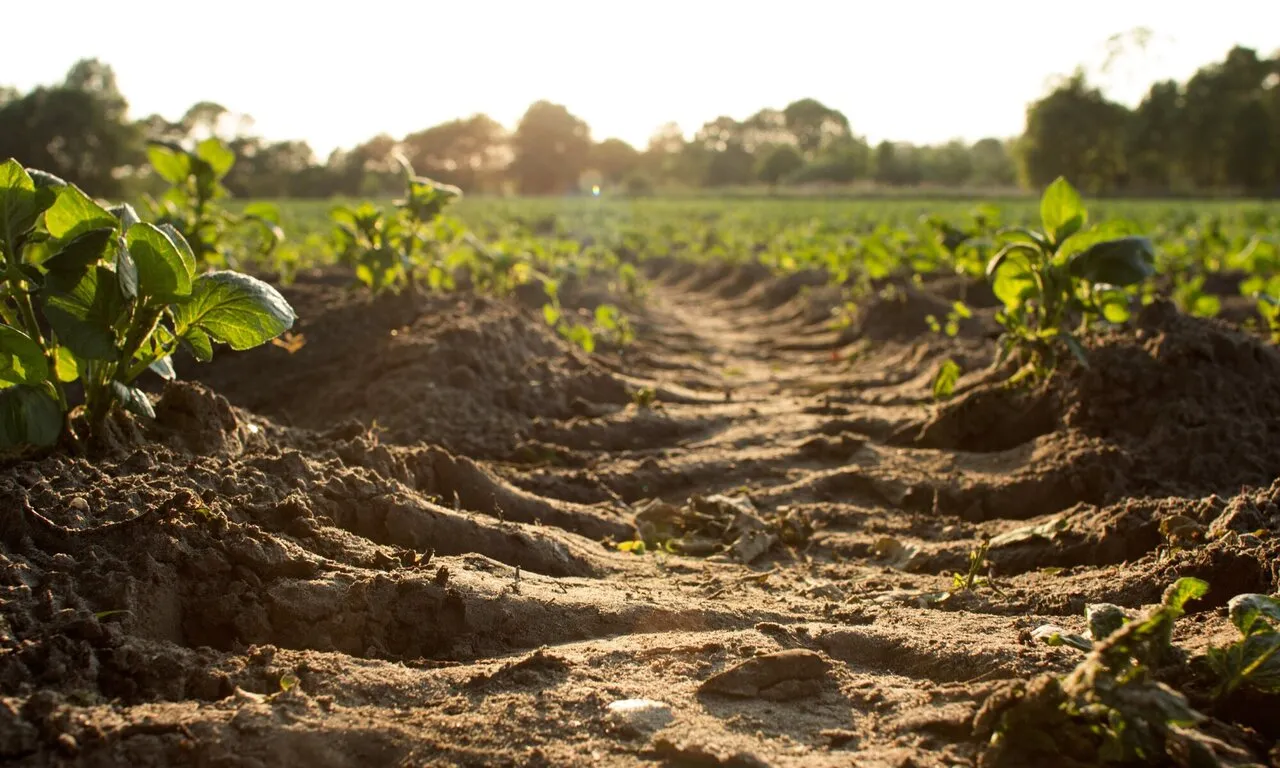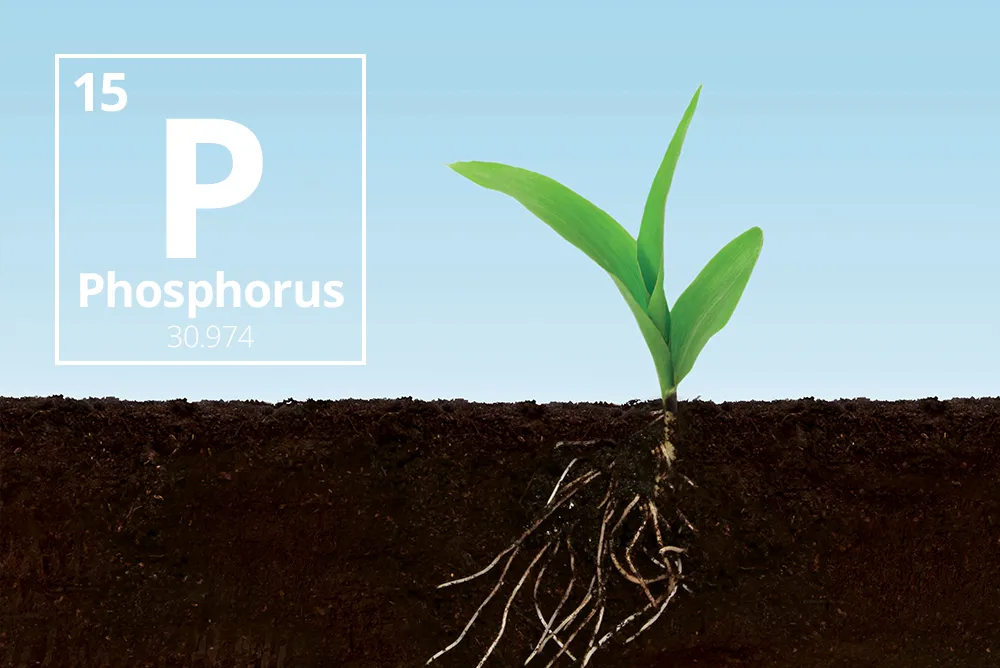Although arbuscular mycorrhizae constitute a generalist symbiosis, the effectiveness of this association responds largely to the functional compatibility plant-fungus-edaphic condition, with some AMF species being able to benefit a certain host plant to a greater or lesser degree, under certain edaphic conditions.



▶ This implies, in turn, that native AMF species are more likely to adapt to the edaphoclimatic environment and crop of interest and, therefore, should be more infective and effective than introduced AMF species. In this regard, previous findings have shown highly contradictory results.

▶ Credits: taurus. – [Image of Public Domain]
≕ I invite you to stay tuned and read my next contribution ≔
Numerous research papers have evaluated the density, diversity and spore dynamics of AMF spores in the soil under and outside the canopy of an apple orchard.
Four AMF species have been identified: Glomus geosporum; G. coremioides, G. sinuosum and Gigaspora sp., which they multiplied in trap pots and subsequently investigated the influence of these isolates on phosphorus uptake and growth in Capsicum annuum (Chile ancho) plants.
For this purpose, they established an experimental trial under greenhouse conditions with a 3x2 factorial design, with two doses of phosphate fertilization as the first factor (0.22 and 44 µg ml-1) and inoculation as the second factor (inoculated and non-inoculated plants), with eight replicates.

The authors found that the AMF isolate promoted a higher efficiency in phosphorus uptake and photosynthetic rate, which in turn generated an increase in the growth of Chile ancho plants.
NOTE: Reference material.